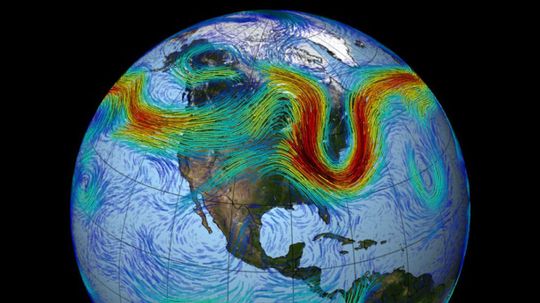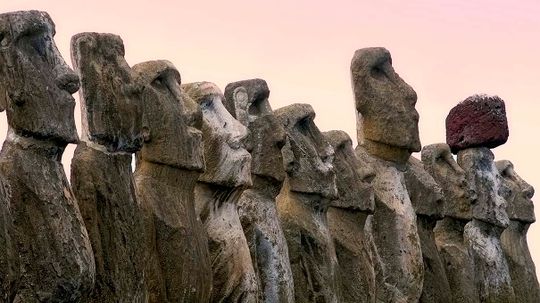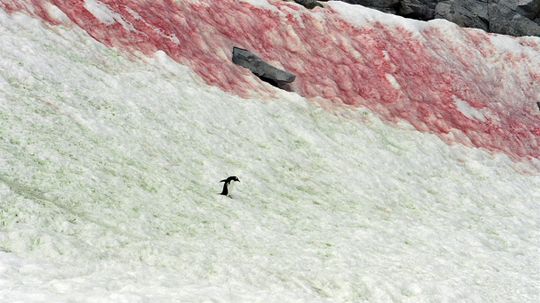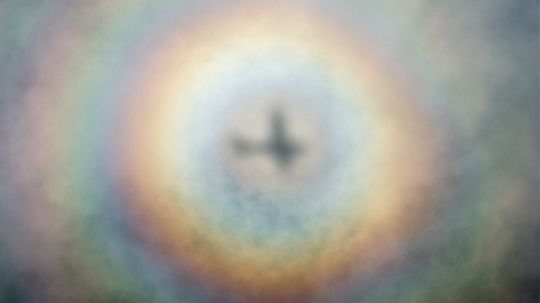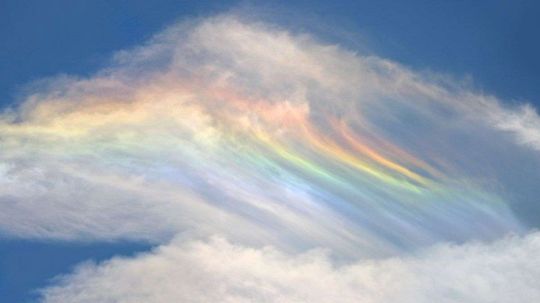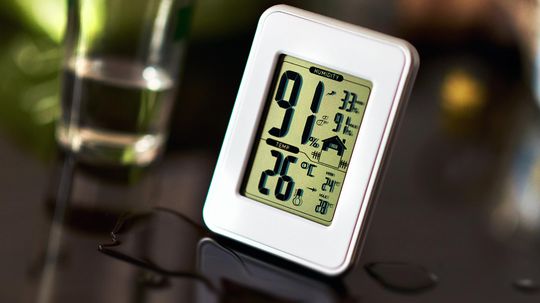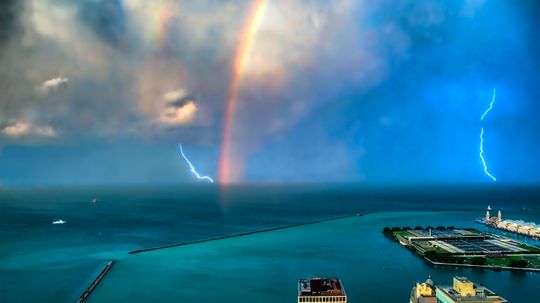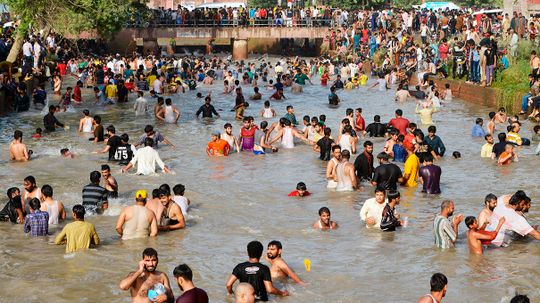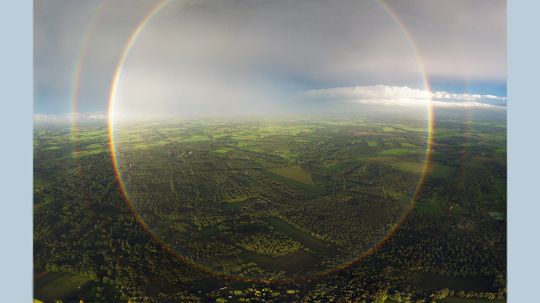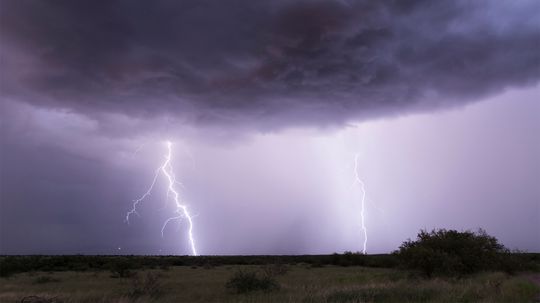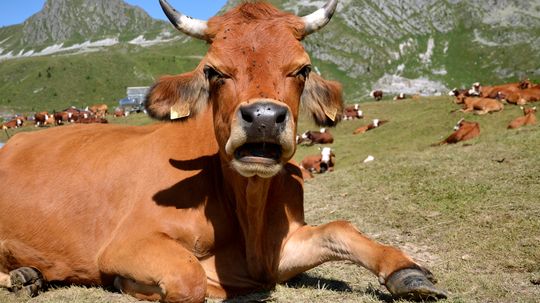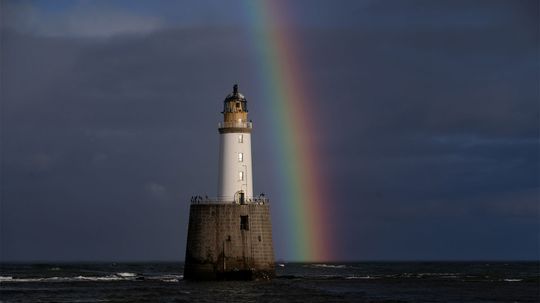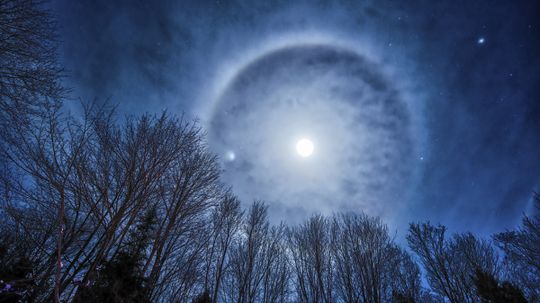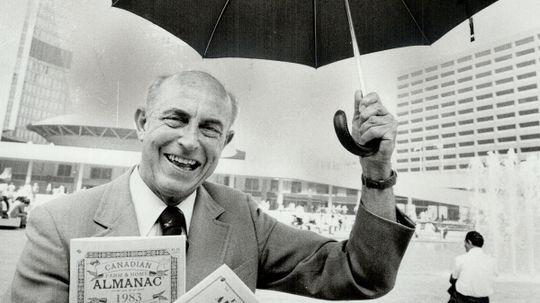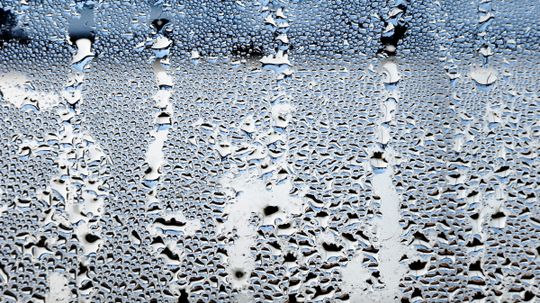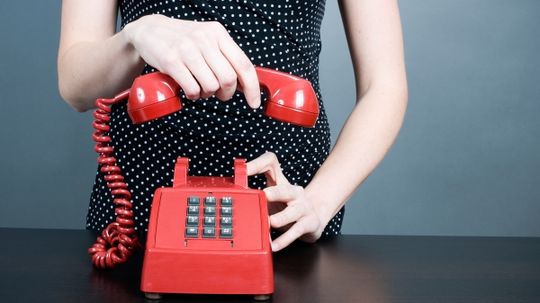Climate & Weather
Atmospheric sciences help us understand and predict the weather. Learn about topics such as the seasons, why it snows, and how rainbows are formed.

14 Types of Clouds Drifting Across the Sky
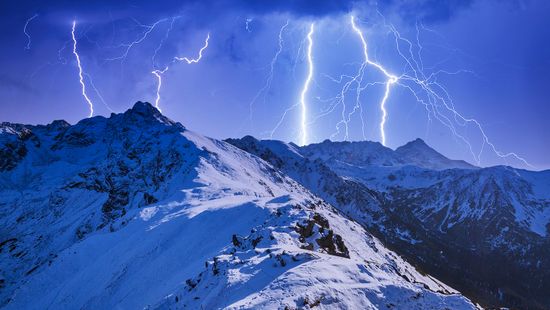
Thundersnow Only Occurs in 7 of Every 100,000 Thunder Storms
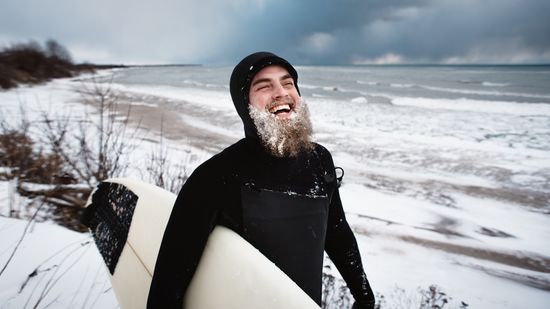
The Coldest Country in the World Is Below Freezing, on Average
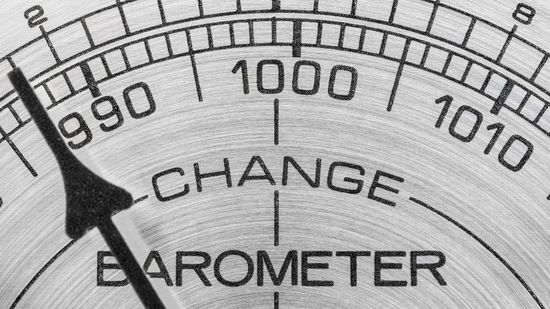
How Is Barometric Pressure Measured and Why?
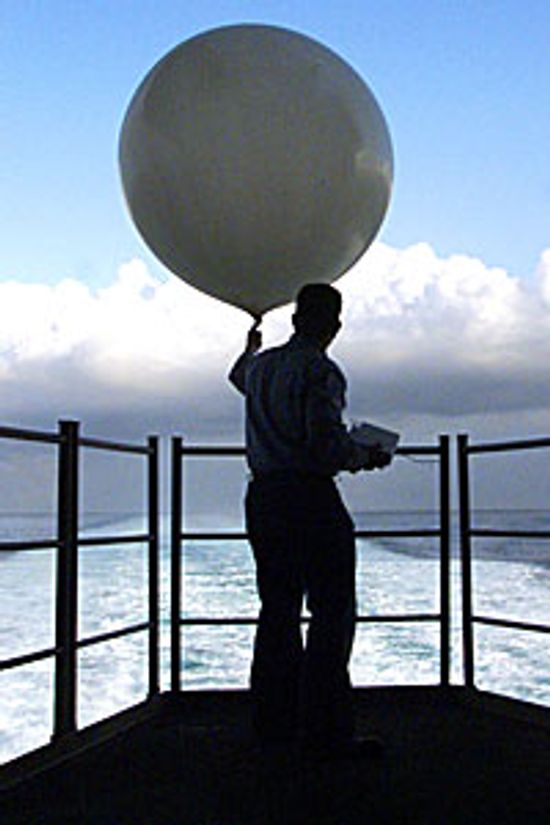
How a Weather Balloon Works?

How the Tornado Intercept Vehicle Works
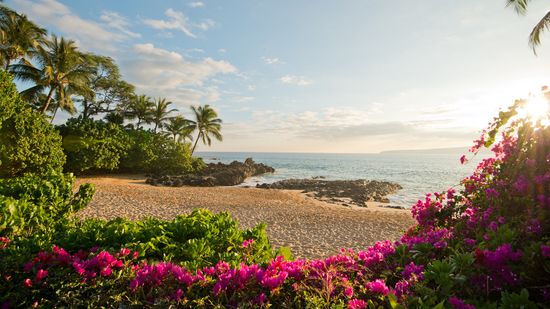
10 States With the Best Weather Year-round

Find the Best Weather in the U.S. in These 8 Cities
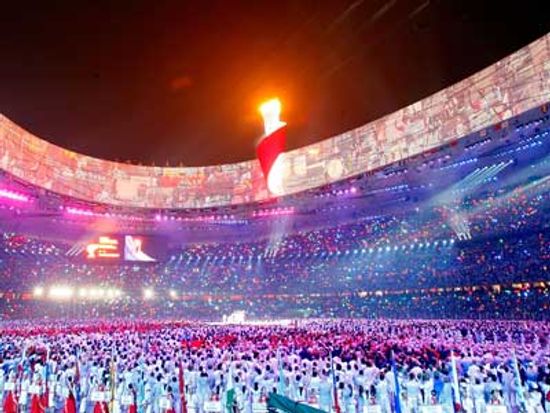
Can China control the weather?
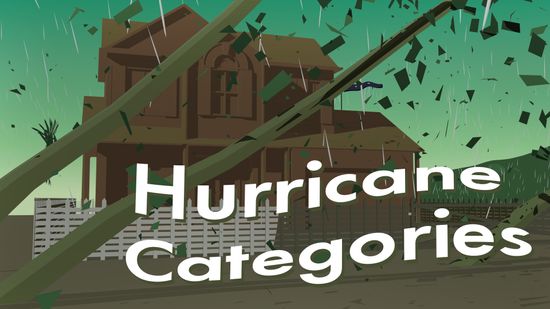
HowStuffWorks Illustrated: Hurricane Categories
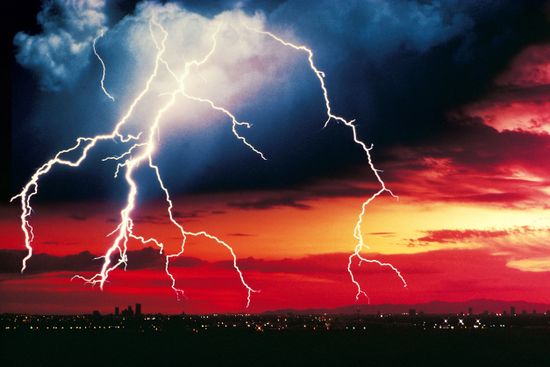
10 Myths About Lightning
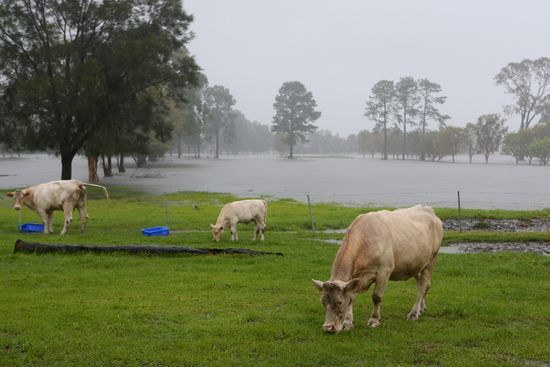
10 Ways Animals Supposedly Predict the Weather
Learn More / Page 4
Polar temperatures are changing more rapidly than equatorial ones, making the jet stream slower and wider, and extreme events longer-lasting.
We've all seen shots of meteorologists fighting gale-force winds to report on storms. So just how high can the winds get before the reporters are knocked off their feet?
The danger to the iconic statues is now greater than ever due to erosion and higher-energy wave action caused by climate change.
By Amanda Onion
Advertisement
Red snow? Yes. It totally exists. And while it might look cool, it's not exactly what you want to see from Mother Nature.
By Mark Mancini
Very specific atmospheric conditions and just the right perspective are necessary to see the phenomenon.
Smartphone cameras enable us to take striking pictures of strange atmospheric phenomena-though we don't always know what we're seeing.
Hygrometers are used by many professionals to monitor levels of humidity in the air. So, do need one in your home?
Advertisement
You may never see it happen live, but if you do, consider yourself lucky. Because this meteorological phenomenon doesn't happen very often.
By Mark Mancini
The mercury soared to over 122 degrees Fahrenheit in Nawkwabash, Pakistan. It could be the highest April temp ever recorded on the planet.
By Mark Mancini
The simple explanation is you have to be in just the right spot and the conditions have to be perfect for you to see the entire 360 degrees.
By Mark Mancini
It's sometimes easy to confuse the two, but weather and climate are very different things.
Advertisement
You've probably heard that no two snowflakes are alike, but how can that be true? Find out how molecules of water vapor come together to form these winter wonders.
Ever hear that saying that a cow lies down when rain is coming? This superstition may not be as udderly ridiculous as you think.
Black ice is hazardous. Even worse, it's nearly invisible on the road surface. Learn more about black ice at HowStuffWorks.
A rainbow's ability to bring joy to just about anyone is probably why they're painted on kids' cheeks at fairs. But, what do rainbows mean? In this article, we'll look at rainbow symbolism from around the world.
Advertisement
We humans have figured out a lot of strange ways to measure the weather. A cricket's chirps can tell us the temperature. The open scales on a pinecone signal a dry spell. But can a ring around the moon really predict rainy days ahead?
It sure would be handy to know what the weather is going to be like for the next year. Unfortunately, there's just one problem: Weather is notoriously difficult to predict. So is the Farmers' Almanac accurate, or is it just blowing hot air?
If humid air is just air plus water, then it has to be heavier than dry air, right? Sure, if it was only a matter of simple addition, but molecular physics is a lot like a bouncer at a club: Nothing gets in unless something else goes out.
If you're in a thunderstorm, then your top priority is safety. It might sound like a good idea to call your loved ones and let them know you're okay, but hold the phone a moment. See those lightning bolts outside? They've got other ideas.
Advertisement
It would be nice if our electronic devices doubled as handy, lightning-proof talismans to ward off danger during a thunderstorm. Sadly, that sounds more like sorcery than science. In the meantime, maybe you should just leave them off and unplugged.
Simon and Garfunkel. Peanut butter and jelly. Thunder and lightning. Some things are just better when they roll in pairs. But while we know that '60s folk singers and classic foodstuffs can also roll solo, what about these stormy BFFs?
Your grandfather may swear that he can feel the onset of a harsh winter in his bones - and your family may swear it's true - but a lot of us would prefer a more scientific method for predicting what the winter may have in store for us.
In the days of Ancient Greece, it was easy enough to chalk up a bolt from the blue to Zeus, the great curmudgeon of Mt. Olympus. But while Ancient Greeks probably never felt safe from their grumpy god, today we know a bit more about lightning safety.
Advertisement
While most of the rest of the world has switched to Celsius, the U.S. continues to use the Fahrenheit temperature scale, apparently out of simple inertia.
Spaghetti models plot the potential tracks of tropical storms and hurricanes from different meteorological organizations onto one map. The resulting visual helps project how likely the forecast track will be.
